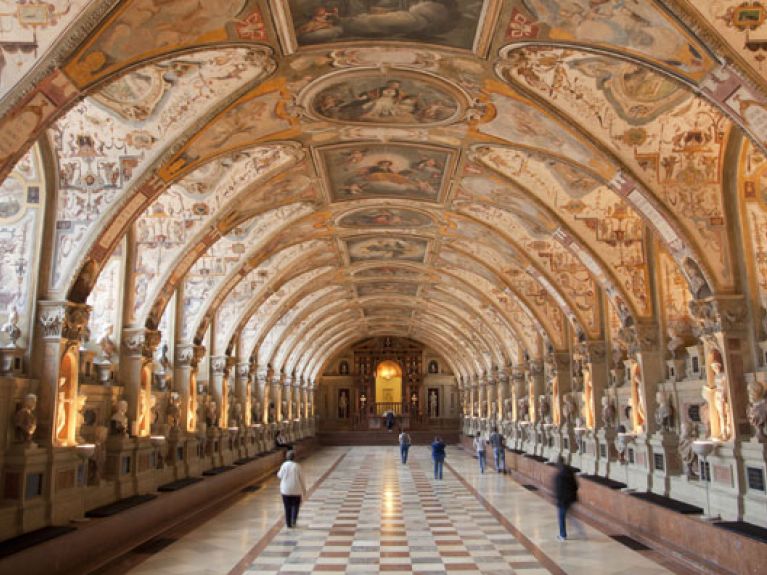Europe’s cultural roots
Cultural heritage impacts beyond national borders – this is shown by the “European Cultural Year” 2018.

Florence Cathedral, Antwerp City Hall, the Munich Residence: These three impressive European buildings all arose during the Renaissance period. They are representative of Europe’s countless treasures which, albeit sometimes perhaps only subconsciously, contribute to people’s identity in Europe and define their thinking and actions. Cultural heritage impacts across national borders – this will also be demonstrated by the “European Year of Cultural Heritage” 2018. It was initiated by the European Commission.
“Unique catalyst”
“Europe’s rich national, regional and local diversity is a unique catalyst for interaction between people of all age groups, social origins and cultures. For this reason, the Commission is of the opinion that in particular at a time when world cultural heritage is in danger and items of it are being destroyed in conflict zones, in 2018 a European year be dedicated to cultural heritage,” the Commission states.
3.6 million euros for projects
In 2017, the Federal Government allocated EUR 3.6 million for projects; proposals can also be submitted to the Deutsches Nationalkomitee für Denkmalschutz. The institution is responsible for the German contribution. Germany will be prioritizing five substantive areas in its contribution to the Year of Cultural Heritage: “Europe: Exchange and Movement”; “Europe: Border Areas and Meeting Places”; “The European City”; “Europe: Remembrance and New Beginnings”; “Europe: Lived Heritage”. The events and activities will come under the motto of “Sharing Heritage”.

